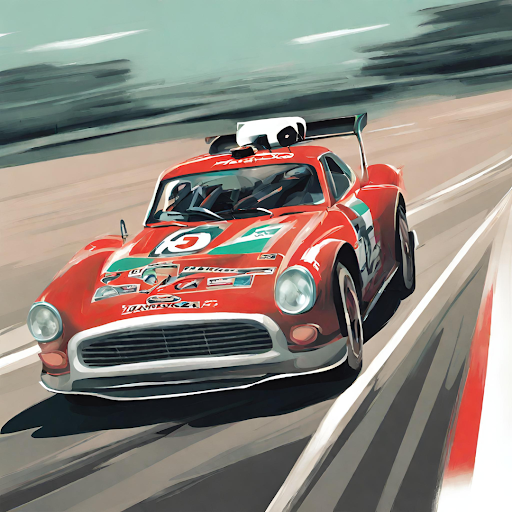Introduction:
Sim racing has experienced a revolutionary transformation, evolving from basic setups in enthusiast garages to sophisticated racing seats, particularly in regions like India. One crucial component that has witnessed significant advancements is the steering wheel base, a pivotal element in providing virtual racers with an immersive and realistic driving experience.
1.Early Days of Sim Racing:
In the early days of sim racing, enthusiasts often crafted makeshift setups in their garages using basic equipment. Steering wheelbases were rudimentary, with limited force feedback and realism. The focus was more on the joy of virtual racing rather than the authenticity of the driving experience.
2.The Rise of Force Feedback Technology:
As technology advanced, force feedback became a game-changer in the sim racing world. Steering wheelbases started incorporating force feedback mechanisms, offering a more realistic feel of the virtual car’s handling. This innovation allowed drivers to experience the nuances of the road, enhancing the overall simulation experience.
3.Transition to Professional Racing Seats:
Sim racing enthusiasts in India and around the globe began recognizing the importance of ergonomics and comfort in their setups. This led to the integration of professional racing seats, mirroring the design and feel of actual racing car seats. These seats enhanced the immersive experience and provided the necessary support for prolonged racing sessions.
4.Advanced Steering Wheel Bases:
Sim racing hardware manufacturers responded to the demand for increased realism by developing advanced steering wheelbases. Direct Drive systems, in particular, gained popularity. These systems eliminated the traditional belt or gear mechanisms, offering direct force transmission from the motor to the steering wheel. This resulted in unparalleled precision and fidelity in simulating real-world driving forces.
5.Integration of Virtual Reality (VR) Technology:
The evolution of sim racing extended beyond just hardware improvements. Integrating Virtual Reality (VR) technology further elevated the immersive experience. Racing in a virtual environment while seated in a racing seat and gripping a high-quality steering wheel base became an incredibly lifelike experience, transporting users to the heart of the action.
6.Sim Racing Communities in India:
Traditionally known for its love of cricket and other mainstream sports, India has seen a burgeoning interest in sim racing. The availability of advanced steering wheel bases and racing seats has been crucial in attracting enthusiasts. Sim racing communities have sprung up across the country, fostering a sense of camaraderie among virtual racers.
7.Challenges and Future Prospects:
Despite the growth of sim racing in India, challenges such as accessibility and affordability of high-end equipment remain. However, as technology becomes more widespread and manufacturing costs decrease, it is anticipated that more enthusiasts will be able to access advanced steering wheel bases and racing seats, further fueling the growth of the sim racing community in the country.
8.Customization and Modularity:Recent advancements in sim racing technology have emphasized customization and modularity. Steering wheelbases now often come with interchangeable components, allowing users to tailor their setups based on personal preferences. This level of customization enhances the user experience and reflects the diverse preferences within the sim racing community.
9.Wireless Connectivity and Smart Integration:As technology advances, steering wheelbases increasingly incorporate wireless and smart integration features. This allows seamless communication between the virtual racing software and the hardware, providing real-time data feedback. Sim racers can now monitor various metrics, adjust settings, and even receive software updates wirelessly, contributing to a more streamlined and user-friendly experience.
10.Global Competitions and Esports:Sim racing has transcended its origins as a niche hobby and has become a globally recognized competitive sport. Major esports tournaments and competitions feature top-tier sim racers from around the world. This evolution has influenced the development of steering wheelbases, pushing manufacturers to create high-performance, low-latency systems that meet the demands of professional sim racing.
11.Integration with Motion Simulators:Motion simulators with steering wheelbases have become a game-changer in providing a truly immersive racing experience. Motion platforms simulate the physical sensations of acceleration, braking, and cornering, complementing the feedback from the steering wheel base. This integration adds an extra layer of realism, making sim racing a visual and auditory experience and a physically engaging one.
In conclusion, the evolution of steering wheelbases in sim racing has seen a continuous trajectory toward realism, customization, and integration with cutting-edge technologies. As these advancements become more accessible to enthusiasts globally, the future of sim racing looks promising, with ever-increasing levels of immersion and competition.

